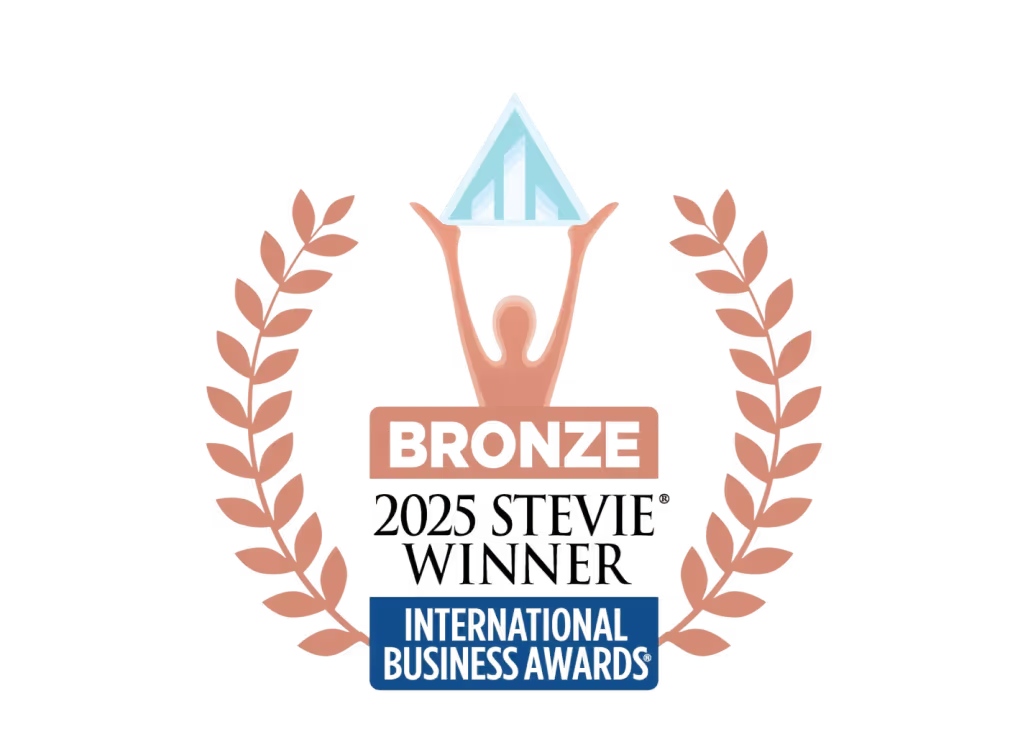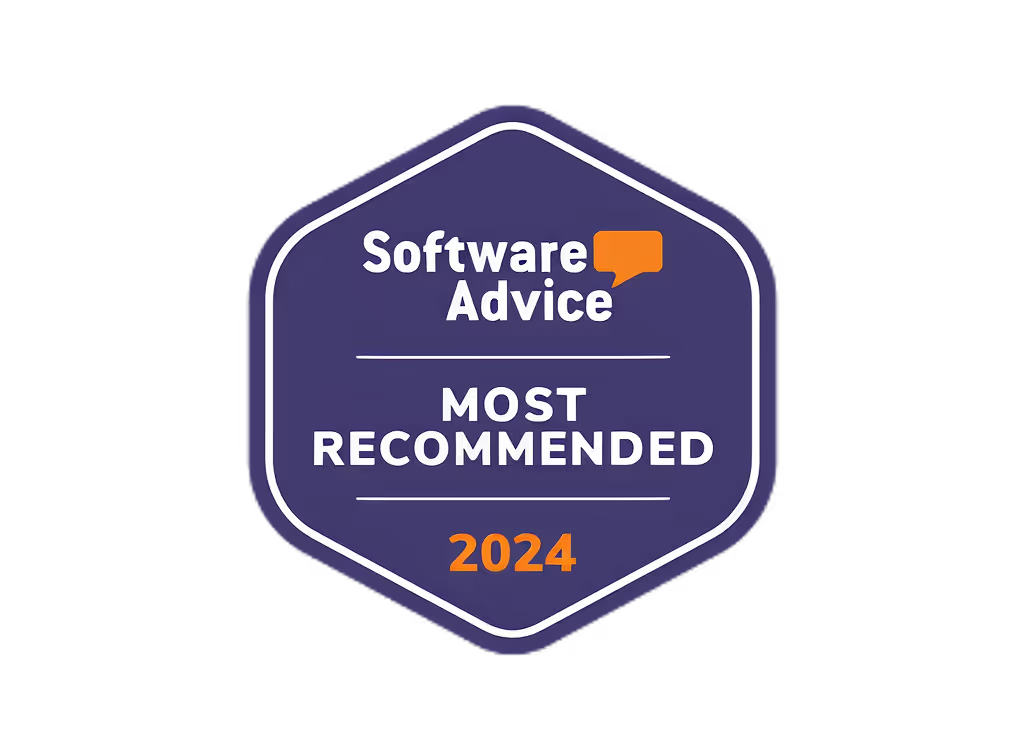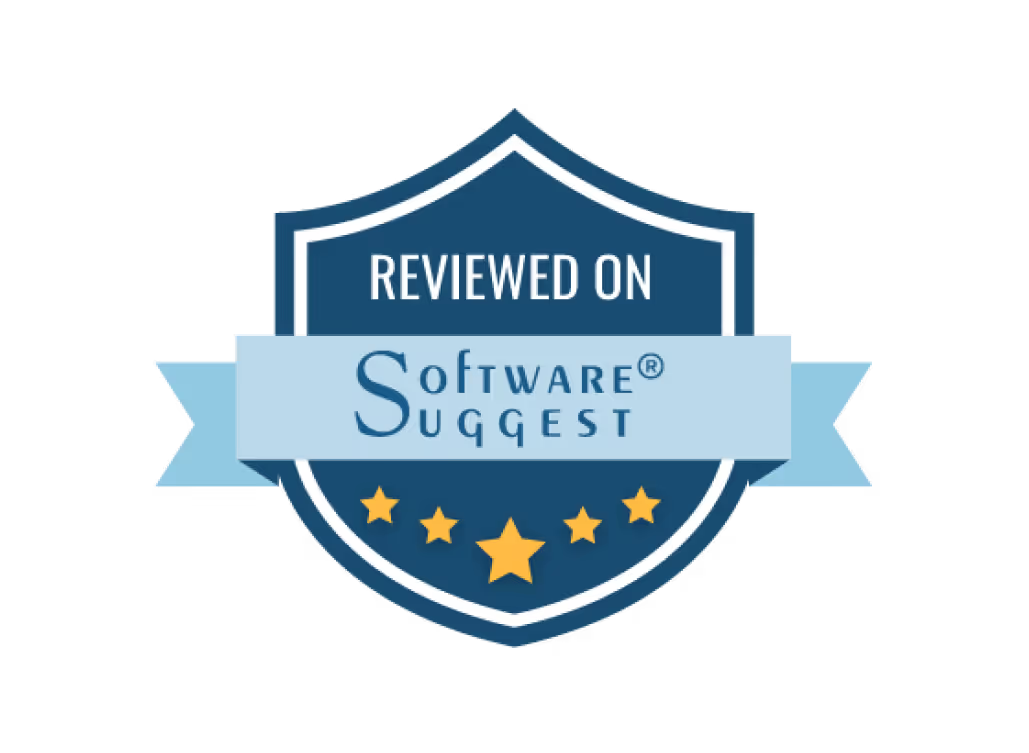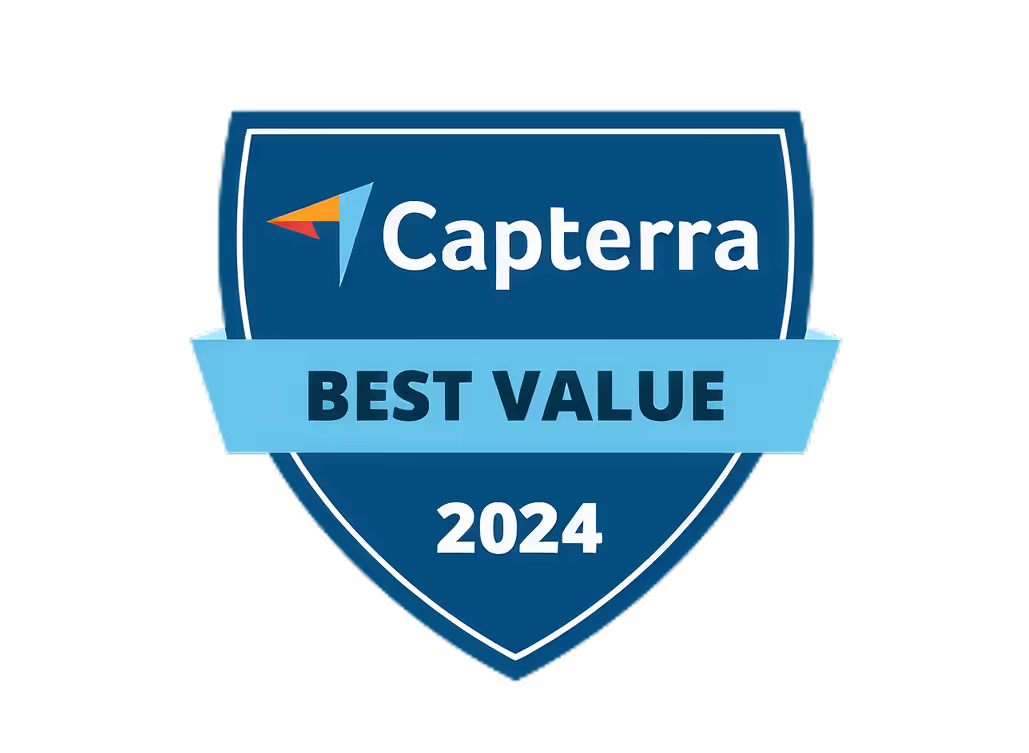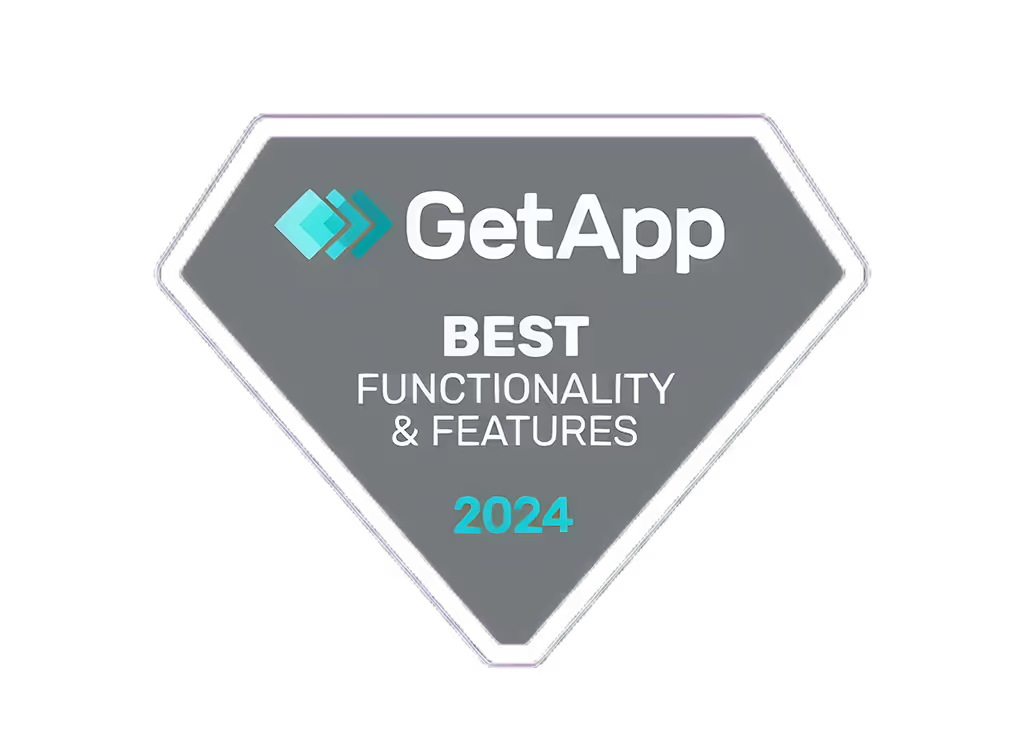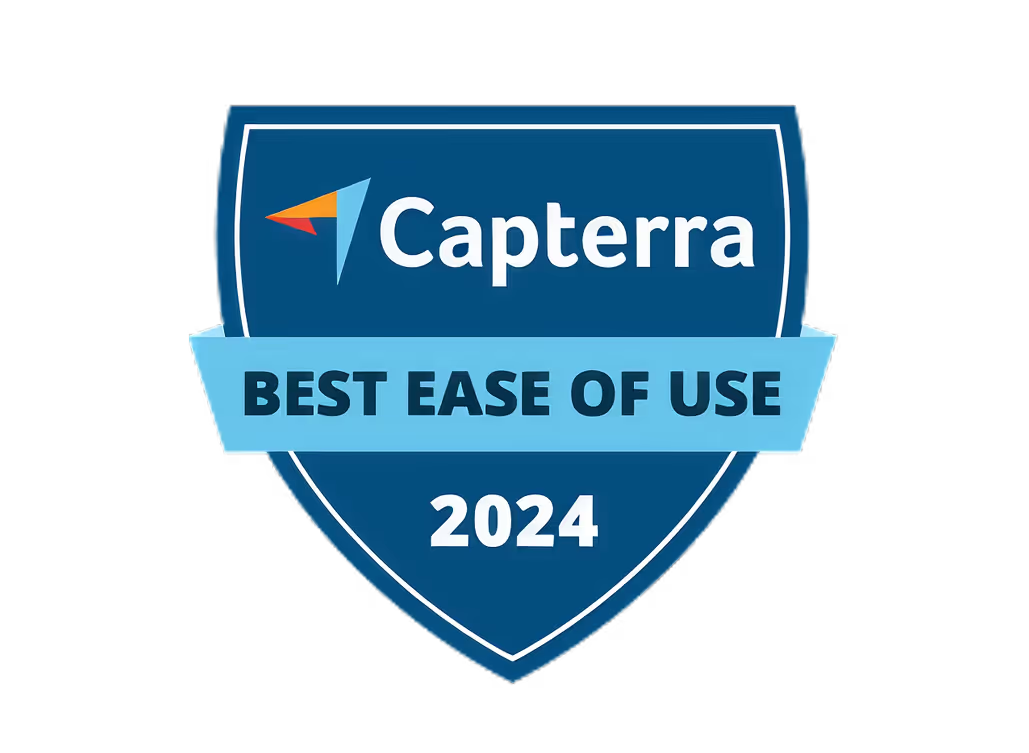Creative Automation Company Advantages
Explore the advantages of creative automation platforms for small businesses, from time savings to global market reach. Learn how embracing these solutions can give you a competitive edge.

Most businesses would agree that producing effective advertising creatives can be extremely time-consuming and expensive.
Leveraging creative automation software can help small businesses streamline ad production while cutting costs.
In this article, we will explore the strategic advantages that creative automation platforms provide, from time savings to global market reach, and how embracing these solutions can give businesses a competitive edge.
Introduction to Creative Automation for Small Businesses
Creative automation platforms can provide significant time and cost efficiencies for small businesses looking to improve their ad production workflows. By leveraging AI and automation, these tools can revolutionize how ads are created, freeing up resources and enabling teams to work more strategically.
Exploring the Concept of Creative Automation
Creative automation software utilizes technology like artificial intelligence, machine learning, and automated workflows to systematize and enhance the ad creation process. Key capabilities can include:
- AI-powered ad copywriting and image generation
- Streamlined collaboration between team members
- Automated versioning and personalization of ad assets
- Integration with advertising platforms and campaign analytics
For small business owners and marketers, creative automation tools can provide a simplified way to produce high-quality, customized ads at scale without extensive design skills or resources.
Comparing Creative Automation to Traditional Methods
Traditionally, ad creation has been a manual, time-intensive process requiring specific creative skills. Marketers would have to come up with messaging and visuals, collaborate with designers on iterating concepts, and manually upload finished ads to campaigns.
Creative automation introduces efficiencies like:
- 75% less time spent on ad production with automated workflows
- 60% lower costs by reducing reliance on agencies and creative services
- 3X more ad variations through AI-enabled personalization and optimization
For small teams and budgets, these advantages can lead to improved campaign performance and free up resources to focus on strategy. Automation handles the heavy lifting while marketers gain data-driven insights to refine efforts over time.
Overall, creative automation represents a powerful shift towards streamlined, scalable advertising for modern small businesses looking to grow and compete.
Who is the owner of creative automation?
The owner of Creative Automation is Mark Streckert, who serves as the company's CEO and Co-Owner. According to his LinkedIn profile, Mark has over 20 years of experience driving growth for B2B SaaS companies.
Prior to founding Creative Automation, Mark served in executive roles at various martech and adtech companies. This experience gave him deep insight into the creative production challenges facing modern marketers. It inspired him to launch Creative Automation as a platform to automate repetitive and tedious creative tasks.
As CEO, Mark leads the company's vision to empower marketers to efficiently produce high-quality, customized creatives at scale. His extensive background in building high-growth SaaS businesses also enables him to effectively scale Creative Automation's solutions globally.
With Mark's leadership, Creative Automation aims to revolutionize creative workflows. The company leverages leading-edge AI to automate creative generation for ads, email, social media, and more. This saves teams significant time and costs while enabling more experimentation with personalized creative.
So in summary, Creative Automation's owner and CEO is Mark Streckert, a seasoned SaaS entrepreneur focused on transforming creative workflows for the digital age. His deep expertise in both martech and creative automation makes him well-positioned to lead the company into the future.
What is creative automation?
Creative automation is software that helps marketing and creative professionals streamline repetitive design tasks for high-volume advertising campaigns. It automates the process of resizing, cropping, and laying out image ads, saving teams significant time and resources.
Specifically, creative automation platforms provide features like:
- AI-powered image editing to instantly resize and crop product photos to needed dimensions and layouts
- Bulk image editing to edit hundreds of images at once with just a few clicks
- Automated ad generation to create multiple high-quality ad variations from a single product photo and description
- Multi-channel exports to output ads correctly sized for every platform from Facebook to Google to TikTok and more
- Collaboration tools so teams can efficiently manage asset libraries and provide feedback in one place
For brands running lots of paid advertising across social, search, and display, creative automation massively cuts down on production time and costs. Marketers can focus less on repetitive graphic design work and more on strategy and optimization.
And with machine learning technology generating new ad variations, creative automation also helps unlock new high-performing creative that can lift campaign results.
So in summary, creative automation companies provide software to simplify and enhance visual asset production for digital advertising. For any brand investing heavily in paid media, it's a game changer for improving workflow efficiency and performance.
What are the top automation companies in the world?
Some of the leading global automation companies include:
- Siemens - A German conglomerate company that provides automation solutions for manufacturing, buildings, energy systems, and more. Siemens is a leader in industrial automation and software.
- ABB - A Swiss-Swedish multinational company that delivers automation, electrification, robotics, and motion products and services. ABB is focused on digital industries and sustainable transportation.
- Schneider Electric - A French company specializing in energy management, automation solutions, and software for homes, buildings, data centers, infrastructure, and industries.
- Honeywell - An American publicly traded company engaged in aerospace, building technologies, performance materials and technologies, and safety and productivity solutions. Honeywell offers automation control systems.
- Emerson - An American manufacturing company providing automation solutions and industrial software for a wide range of industries globally including oil and gas, chemicals, power, life sciences, food and beverage, and more.
- Fanuc - A Japanese automation company that specializes in CNC systems, robotics, and machine tools. Fanuc is a leader in factory automation.
- Mitsubishi Electric - A Japanese company providing automation components, equipment, and integrated automation systems for factories, infrastructure and buildings.
- Rockwell Automation - An American provider of industrial automation solutions with focus areas including control systems, information software, motor control devices, sensing devices, and industrial robots.
- Yaskawa Electric - A Japanese manufacturer of variable frequency drives, industrial robots, motion control products and systems focused on factory automation.
- KUKA - A German manufacturer of industrial robots and solutions for factory and service robotics applications. KUKA's focus is on automating manufacturing and logistics processes.
What is the function of automation?
Automation refers to using technology to perform tasks with minimal human intervention. For creative automation companies like Quickads, automation serves several key functions:
Efficiency
Automating repetitive and time-consuming tasks like ad design, copywriting, and image editing drastically cuts down the amount of human effort and hours required to produce ads. Rather than manually building ads from scratch, creative automation allows users to generate multiple high-quality, on-brand ads with just a few clicks. This results in huge time savings that can be reallocated to more strategic initiatives.
Consistency
With automation, Quickads users can ensure brand alignment across all ads and campaigns, even as new creatives are produced. The AI copywriting and design capabilities allow users to set brand guidelines, color schemes, etc. once so that every output matches those parameters. This level of consistent quality and branding is difficult to achieve manually at scale.
Cost Savings
By reducing the human hours and overhead required in the ad production process, Quickads’ automation capabilities lead to significant cost savings for users. Rather than hiring additional in-house creatives or agencies, the platform empowers non-designers to produce studio-quality creatives themselves in a fraction of the time. Users save on resource and talent costs while still achieving exceptional advertising results.
In summary, creative automation amplifies productivity, ensures brand consistency, and reduces costs - all of which are critical functions that give companies like Quickads a strong competitive advantage. The efficiency and optimization enabled by automation allows users to get more value and impact out of their marketing budgets.
The Time-Saving Power of Creative Automation Software
Creative automation software provides businesses with the tools to streamline and accelerate their creative workflows. This enables teams to produce high-quality marketing assets faster, respond quicker to trends, and get campaigns to market faster. Ultimately, creative automation saves time and money while driving better campaign performance.
Streamlining Ad Production with Creative Automation Tools
Creative automation tools like Quickads automate repetitive and time-consuming tasks involved in ad production. Features like multi-format export, batch editing, and customizable templates help teams quickly build numerous on-brand assets optimized for different platforms and sizes.
Rather than manually piecing together visuals, copy, and layouts, creative automation platforms generate optimized ad creatives with just a few clicks. This significantly cuts down the typical creative process that can take days or weeks to just hours or minutes.
With streamlined workflows, marketing teams can shift their focus from production logistics to strategy and optimization for better campaign results. The time savings also enable faster iteration and testing to respond to emerging trends in real-time.
Enhancing Speed to Market with Creative Workflow Automation
Creative workflow automation doesn't just accelerate the creative process but the entire path-to-market. Automated workflows connect siloed teams and systems to help campaigns launch faster.
For example, creative automation software can integrate directly with media buying platforms. This means as soon as creatives are generated they can be trafficked directly for immediate deployment without extensive manual hand-offs.
Automation also facilitates much faster collaboration across teams like copywriters, designers, and strategists. Features like centralized asset management, annotation tools, and automated notifications connect all stakeholders to streamline reviews and approvals.
This enhanced speed-to-market enables brands to capitalize on trends faster and get their message in front of audiences when it matters most. Shortened time-to-market at scale is a competitive advantage exclusive to automation.
sbb-itb-606b7a1
Reducing Ad Production Costs with Creative Automation Platforms
Creative automation platforms can significantly reduce the costs associated with producing and optimizing digital ads. By leveraging AI and automation, these platforms minimize the need for expensive manual design, copywriting, and optimization, allowing businesses to scale their efforts in a more cost-efficient way.
Cutting Down on Manual Design and Production Costs
Traditionally, creating high-performing ads requires either hiring an in-house design team or working with external agencies - both expensive options, especially for smaller businesses. Creative automation platforms provide an alternative by using AI to auto-generate ad creative based on your brand guidelines and performance goals.
Key benefits include:
- Reduced resource costs: No need to hire extra designers or pay agency fees since the platform handles creative production. This significantly cuts down on human resource expenses.
- Faster iteration: The automated creative process allows you to produce 100+ new ad variants in the time it would take to manually create just one. Rapid iteration enables quicker testing to find top performers.
- Usage-based pricing: Only pay for what you use rather than high monthly retainers. Usage pricing aligns costs with business value generated.
Maximizing Ad Spend Efficiency Through Automation
Optimizing ad creative is crucial for improving campaign performance and ROI. However, manual optimization is tedious and time-consuming. Creative automation platforms apply advanced analytics to automatically optimize ads based on real-time performance data.
Key features include:
- A/B testing engine: Continuously tests multiple ad variants to determine highest-converting options.
- AI-powered iteration: Leverages performance data to automatically iterate creative and serve more of what works.
- Cross-channel optimization: Optimizes creative across multiple platforms like Facebook, Instagram, Google to maximize results.
By leveraging creative automation to boost campaign efficiency, businesses can achieve much higher returns on their advertising spend. The platforms pay for themselves by improving ROI.
Customization and Personalization through Creative Automation
Creative automation software enables businesses to easily customize and personalize ad creative assets to effectively resonate with different audience segments.
Creating Audience-Centric Ad Creatives Automatically
Creative automation tools leverage data and AI to automatically generate messaging and visuals tailored to specific demographics and interests. Key benefits include:
- Audience targeting: Tools can integrate with analytics platforms to understand audience interests and behaviors. Creatives are then automatically adapted to align with the values and preferences of each target group.
- Dynamic content creation: Based on audience data, the software can produce hundreds of ad variations featuring customized imagery, copy, offers etc. This level of personalization drives higher engagement and conversions.
- A/B testing: The volume of creatives produced allows for continual A/B testing to determine optimal messaging and visuals for each audience segment. Top performing variations can be used across campaigns.
- Time and cost savings: Automating the customization process reduces the time and resources needed to manually produce tailored creatives for different audiences.
Automating Campaign-Specific Creative Variations
Creative automation systems can also generate a wide range of creative assets customized for individual campaigns. Benefits include:
- Campaign optimization: The platform produces creatives aligned with the specific goals and KPIs of each campaign, ensuring relevancy and performance.
- Flexible configurations: Users can set rules and parameters for the number of creatives, design styles, messaging tones etc. based on campaign needs.
- Asset management: All campaign creatives and iterations are centrally stored for easy usage and optimization. Top assets can also be repurposed across campaigns.
- Continual refinement: Performance data is used to guide the platform on iterating creatives to drive better results over the duration of a campaign.
With creative automation, ad platforms no longer rely solely on generic creatives. Customized and campaign-specific ad variations can be produced at scale to boost audience relevance and campaign performance.
Scaling Creative Output with Creative Automation Platforms
Creative automation platforms can help small businesses significantly increase the volume and variety of ad creative they produce. By leveraging AI and automation, these tools can generate countless on-brand ad variations with just a few clicks. This enables more experimentation to find high-performing options.
Broadening Creative Experimentation with Automation
Creative automation expands the scope of concepts small businesses can test by drastically reducing the time and effort required to produce new ad iterations. Rather than manually building each creative, the platform handles the graphic design and copywriting. Users simply input brand guidelines, select preferred visual styles, and define campaign goals. The software then delivers an array of customized ad options to experiment with.
This increased output allows testing many formats like social posts, display ads, and more. The top performing creative can be used to scale campaigns, while underperforming options are automatically culled. Streamlining this iterative process lets small teams affordably try more ideas to find what resonates best with their audience.
Refining Campaign Effectiveness with Automated A/B Testing
Once initial creative testing identifies one or more promising options, small businesses can leverage automation to refine and optimize performance. The platforms enable easy A/B testing by generating additional variations focusing on specific ad elements like:
- Headline copy
- Visual style
- Call-to-action
- Ad format
- Color scheme
Running multivariate tests by tweaking individual components isolates the impact of each change. The automation handles building every possible permutation to measure against the original. Small businesses can use these insights to determine the objectively best combination for their campaign goals.
Rather than relying on subjective opinions, the A/B testing quantifies real user response to guide optimization. This data-backed approach takes out the guesswork to help campaigns continually improve through an automated, numbers-driven process.
Leveraging Creative Automation for Global Market Reach
Creative automation software can help businesses easily adapt their marketing campaigns for international audiences across different languages and cultures.
Automating Multilingual and Culturally Relevant Creatives
Creative automation platforms make it simple to localize ad content, saving significant time and resources. Key benefits include:
- Automated translation of ad copy, captions, and other creative assets into 35+ languages with just a few clicks. This enables reaching wider global audiences while retaining brand voice and tone.
- Culturally-attuned creative generation that automatically adjusts messaging, imagery, colors, and other elements to resonate with different cultures and regions.
- Flexible customization to tweak auto-generated translations and creatives to fine-tune them for local markets. This ensures relevancy and higher campaign performance.
- Centralized multilingual asset management with easy previewing and exporting of localized creatives. Streamlines collaboration for teams managing global campaigns.
Tailoring Creatives for Regional Market Penetration
Creative automation also facilitates targeted regional campaign customization:
- Geo-specific creative optimization automatically tailors design, copy, etc. based on insights into top-performing creatives by geography.
- Localized messaging aligned to cultural nuances and buyer preferences of different markets leads to better engagement.
- Automated iteration creation enables swiftly generating multiple localized variants to determine optimal creatives for each region.
- Performance analytics integration provides data-driven insights to refine regional creative strategies and boost conversions.
With these capabilities, creative automation enables cost-efficient scaling globally while retaining regional relevancy - a key competitive advantage for SMBs aiming to expand their reach internationally.
Data-Driven Creative Development with Creative Automation Software
Creative automation software leverages data and analytics to streamline and optimize the ad creative process. Instead of relying solely on human creativity and intuition, these platforms incorporate insights from past campaign performance, consumer behavior, and machine learning algorithms. This data-driven approach brings several key benefits:
Harnessing Data for Creative Ideation
- Analyze top-performing ads in a given industry to identify patterns in high-conversion creatives, informing new ad concept development
- Leverage consumer sentiment analysis to determine current trends, interests and pain points to address in ad messaging and visuals
- Use past campaign analytics to pinpoint optimal ad formats, design assets, calls-to-action and copy that resonates best with target audiences
- Continuously A/B test new creatives and feed performance data back into the platform to further refine and improve ad concepts over time
Data-driven creative ideation enables advertisers to develop ads that are highly relevant, aligned to consumer wants/needs and fine-tuned for better campaign results.
Optimizing Creatives with Continuous Learning Algorithms
Creative automation platforms apply machine learning techniques to iterate and enhance ads over time. Key capabilities include:
- Natural language generation to analyze past top-performing copy and develop new high-quality ad headlines and body text
- Image recognition to identify visual patterns in high-converting creatives and generate similar ad designs
- Multivariate testing of ad elements like images, colors, messaging to determine optimal combinations
- Lookalike modeling to find common attributes of high-performing creatives and apply them to new ads
- Reinforcement learning algorithms that define and reward desired ad performance outcomes to steer iterative improvement
With continuous optimization powered by machine learning, creatives stay fresh and relevant even as consumer interests and economic factors evolve. This data-driven, self-learning approach gives advertisers a competitive edge.
Streamlining Creative Operations with Creative Workflow Automation
Creative workflow automation platforms provide businesses with solutions to streamline asset creation and management, enabling more efficient operations. By automating repetitive tasks, these tools save time and costs associated with manual creative production.
Efficient Asset Management and Organization
Creative automation simplifies asset organization in the following ways:
- Automatic tagging and categorization of creative files using AI, ensuring assets are properly labeled and easy to locate
- Centralized asset libraries enable universal access and visibility across teams and departments
- Version control features prevent duplication of files and maintain order
- Integration with cloud storage provides ample and secure asset storage
With structured libraries and metadata attached to creative assets, users can efficiently search, browse, and retrieve files in just a few clicks. This eliminates fruitless searches through poorly organized folders and servers.
Overall, creative automation introduces order and efficiency into asset management, ensuring creative teams can swiftly ideate campaigns instead of wasting time hunting down files.
Gleaning Insights from Automated Performance Analytics
In addition to streamlining workflow, creative automation also provides data to optimize creative performance, including:
- Real-time campaign analytics measuring asset performance across platforms
- Automated A/B testing capabilities to iterate creative in response to data
- Customizable reports and notifications to distribute insights across teams
- Integration with business intelligence tools for a holistic view of campaign success
With performance analytics automated, creative teams receive actionable data to amplify high performing creative, identify poor performers, and eliminate guesswork. This results in data-driven optimization to boost
Conclusion: Embracing the Competitive Edge of Creative Automation Companies
Creative automation companies provide transformative benefits for small businesses seeking to improve marketing efficiency and effectiveness. By leveraging creative automation software, brands can gain a strategic edge to boost results.
Recapping the Strategic Advantages of Creative Automation
Creative automation platforms offer numerous advantages that give brands a competitive edge:
- Save substantial time and costs on ad and campaign production. Automated workflows handle repetitive design tasks faster than manual work, freeing up employees for higher-impact efforts. This leads to greater productivity and significant cost reductions.
- Increase output volume through streamlined campaign creation. With automated ad and image generation, brands can quickly produce more content to test and optimize. This expanded testing fuels data-driven insights for better ads.
- Enhance creative innovation using AI to generate fresh ideas at scale. Automation provides design inspiration beyond human capacity, helping brands make uniquely tailored and relevant ads.
- Improve campaign results through expanded testing and optimization. By increasing output volume at lower costs, brands can continually refine messaging and creatives. This leads to higher performing ads and ROI.
- Reach global audiences with multi-language ad copy AI. By automatically translating messaging into 35+ languages, brands can efficiently scale their campaigns abroad.
In summary, embracing creative automation elevates a brand's strategic capabilities, unlocking transformative efficiency gains, innovation, and results. For SMBs and agencies alike, creative automation delivers a vital competitive edge.









